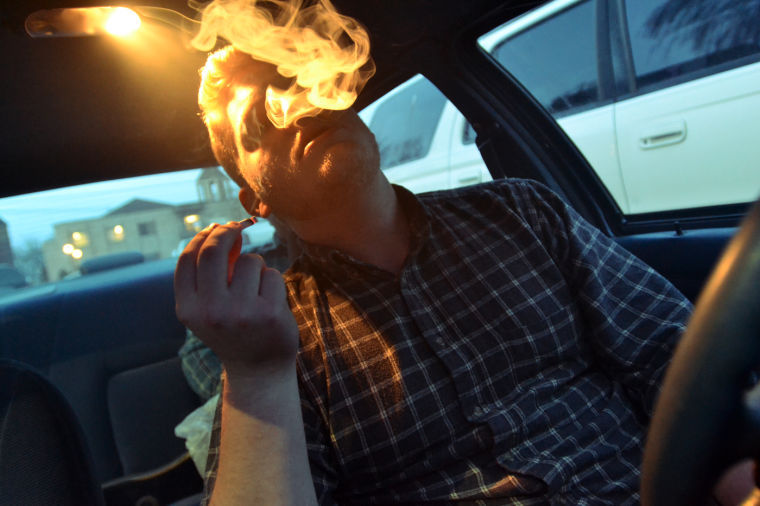High and drive: marijuana on the road
April 17, 2014
Marijuana use might inhibit a person’s ability to drive, but experts and police agree the danger becomes more serious when it is mixed with other substances.
The active ingredient of marijuana is tetrahydrocannabinol (THC). Washington Initiative 502, which was passed in November 2012, mandates that the legal driving limit is 5 nanograms of THC per milliliter of blood. Those caught driving at a higher concentration are presumed guilty of driving under the influence.
Pullman Police Cmdr. Chris Tennant said the new law isn’t highly significant.
“It’s always been against the law if you are affected by alcohol and/or drugs,” Tennant said. “In reality the law isn’t changing all that much because it didn’t matter what the drug was. It could be cocaine, it could be marijuana, it could be Adderall, it could be blood pressure medication that you’re being prescribed by your doctor – doesn’t matter. If you’re affected, then you’re guilty.”
WSU psychology professor Raymond Quock said any drug that acts as a depressant, or something that tends to tone down brain activity, affects one’s ability to drive.
“This would include not only marijuana but alcohol, narcotic drugs, tranquilizers, a lot of psychiatric medications, they can all produce a level of what we call psychomotor impairment,” Quock said.
Indicators of psychomotor impairment include slowed reaction time and inability to accurately estimate distance, Quock said.
Marijuana isn’t usually the only factor in play when people get pulled over, Tennant said.
“It’s pretty rare that somebody just does marijuana,” he said. “Usually it’s marijuana and alcohol. Usually it’s prescription drugs and alcohol. I mean, alcohol goes with anything.”
People don’t typically realize how combining substances can amplify or change their effects, Quock said.
“It’s not one plus one equals two, it’s one plus one equals five or 10,” Quock said. “It kind of depends on the drug, and it kind of depends on how much is taken.”
In the event a driver is clearly impaired but not under the influence of alcohol, Tennant said police bring in a drug recognition expert to determine what substance caused the impairment.
“If you are impaired and you blow low we’ll get a search warrant for your blood,” he said. “Then we send it to the lab, it takes about six weeks to get a result back. Then we make a charging decision at that point based on the blood results.”
Quock attributed controversy about marijuana and driving to the slow process of measuring the amount of THC in a person’s blood.
“We don’t have a Breathalyzer test for marijuana,” he said. “Whoever makes it is going to make a fortune.”
It will remain difficult to identify a relationship between driving and marijuana use until someone creates a standardized system for measuring the effects of the substance on drivers, he said.
Moscow Police Cpl. Art Lindquist added that marijuana use to any extent remains illegal in Idaho.
“There’s no acceptable level you can have in your body,” Lindquist said.



















